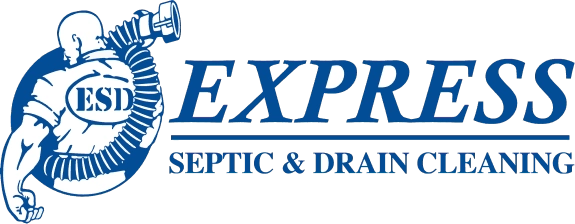If you plan to install a septic tank on your property, you must get it done right. It will ensure that your septic system functions properly for years to come and protects your home or commercial space from any future problems. One of the biggest questions when it comes to septic systems, though, is where the best spot is to install your septic tank.
For Residential Buildings
The optimal location for a septic tank is on your land, where it will be most practical. However, that’s not always possible. For example, if you’re buying a new home, your contractor will usually come out and see if there’s space on the lot for a septic tank. If not, they can advise you on what other options are available.
You may also need to install a septic system if your house was previously constructed on an existing foundation that did not have one installed. It could include areas such as crawl spaces and basements. If so, you must have someone come out and inspect these areas before proceeding with the installation.
For Commercial Buildings
Several factors may influence your decision if you consider installing a septic tank in a commercial building. One aspect is whether or not the building has an existing septic system. If it does and the existing system meets current standards, then there’s no need to install a new one.
However, if it isn’t up to code or if it doesn’t meet current standards, then installing a new system might be an option for you. It can help save money and time in the long run because it’s more efficient than replacing an old one later on down the road when problems arise from using parts from an old system that weren’t properly maintained over time.
General Factors to Consider When Selecting a Spot
Several factors should be considered when choosing where to install your septic tank:
- Size: Determine the necessary tank capacity and consider future needs.
- Location: Avoid trees, shrubs, fences, and walls that may interfere with installation.
- Design: Choose a design that suits your specific needs and usage patterns.
- Soil Type: The type of soil on your property affects the tank’s capacity and drainfield feasibility.
- Installation Cost: Factor in the cost of installation, considering soil depth and type.
- Landscaping: Ensure the chosen spot is free from major landscaping features.
- Distance from the Building: Consider the balance between proximity and potential problems.
- Terrain: Assess the slope and water accumulation areas on your property.
Tips to Hide the Septic Tank
Though septic tanks go underground, pieces of them will still be visible. Hiding a septic tank is a great way to give your property an instant makeover. To conceal your septic tank, you can:
- Decorative Lid Cover: Get a decorative lid cover that matches your home’s décor.
- Paint the Lid: Paint the lid with outdoor-rated paint to protect it from weather.
- Plant Grass Around the Lid: Plant grass around the tank to conceal it and prevent water splashing.
- Consult Professionals: If uncertain, consult professionals like Express Septic Pumping for guidance and installation.
Consult Professionals!
Ultimately, if you’re not totally certain where to place your septic tank, there’s always your best option: call in a professional! They’ll be able to walk you through the process of choosing your tank and deciding on a location, along with installing the tank itself. At Express Septic & Drain Cleaning, we strive for prompt, honest service that we back with years of experience. Whether you’re looking for septic tank installation or repair, in Nampa, we have you covered!


